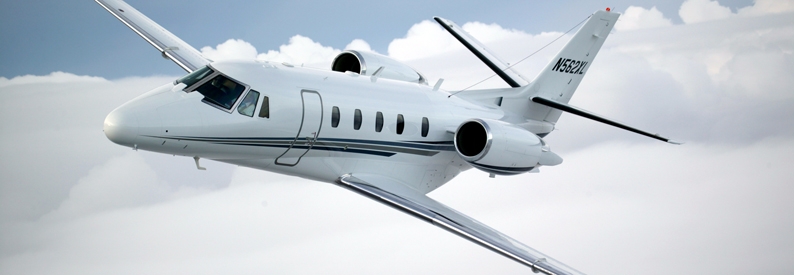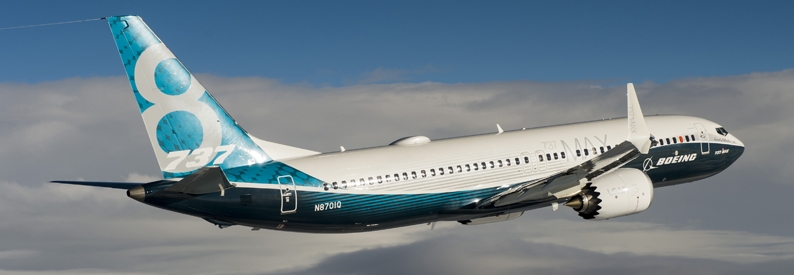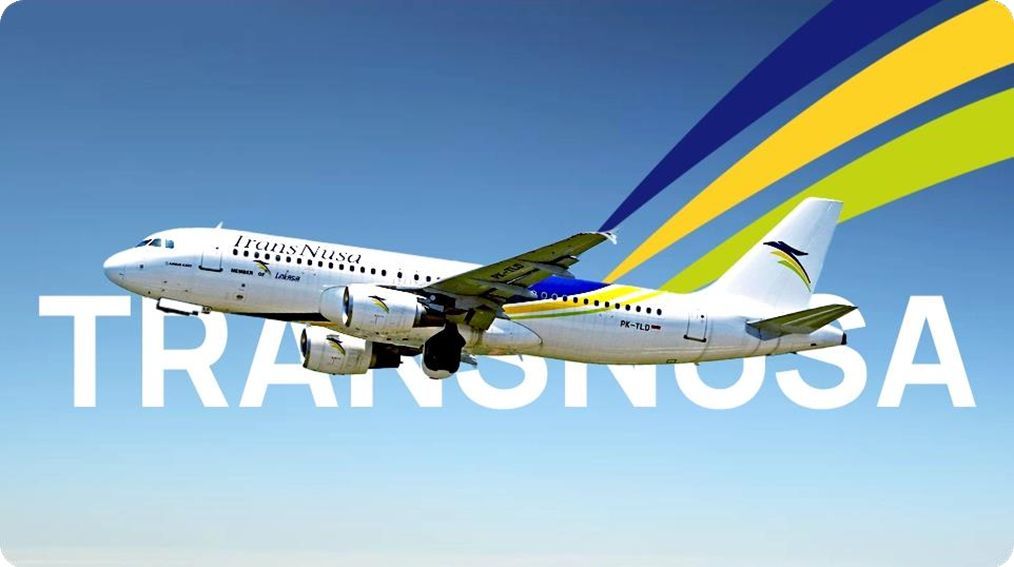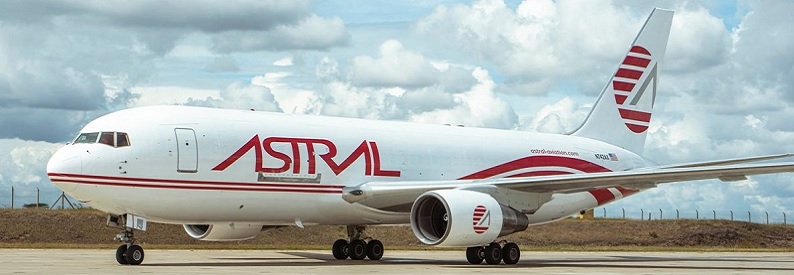Daily Memo: For Many U.S. MRO Shops, Safety Management Systems Are No Longer Optional
May 12, 2025By ePlane AI
Introduction
A bureaucratic-sounding record of decision by a little-known oversight board recently codified a significant change for U.S.-based repair stations certified by the European Union Aviation Safety Agency (EASA). The change, to Annex 2—the maintenance section—of the U.S.-European Union Bilateral Aviation Safety Agreement (BASA), mandates that all U.S.-based shops with EASA approval “establish, implement, and maintain” a safety management system (SMS). The amendment, which adds the SMS special condition to Annex 2, was formally adopted by the BASA’s bilateral oversight board in early February.
Overview of the SMS Mandate
While it may sound daunting, the SMS mandate for affected U.S. shops is not overly burdensome. Nor should it come as a surprise. The FAA, following in the footsteps of its global peers, has been on a bit of an SMS kick in recent years. Mandates have been issued for commercial airlines (large ones and charters), manufacturers, and large airports. FAA's internal Air Traffic Organization has one as well. But repair stations certified under Part 145 have not been hit with an SMS mandate, despite lobbying by influential organizations such as the NTSB.
EASA, however, requires them—and wants foreign shops it approves to have them, too. But an outright mandate for shops in countries that do not face a similar requirement from their domestic regulator would be a tall and politically thorny order. The compromise: EASA will recognize U.S. shops that participate in FAA’s long-running voluntary SMS program as compliant. Notably the BASA amendment does not specify compliance with EASA’s SMS rules, but rather simply ICAO’s standards and recommended practices.
ICAO and EASA Compliance
ICAO’s SMS standards for maintenance organizations are in Annex 19, adopted in 2013. “This is what we are targeting, that organizations are ICAO compliant,” EASA U.S. Representative Ludovic Aron told Aeronautical Repair Station Association (ARSA) annual symposium attendees. “We are not targeting compliance to [EASA] regulations. That’s not our goal.” The compliance process is straightforward. Repair stations simply verify that they have the necessary elements of an SMS—the vast majority of which are required by the FAA regulations—and submit a statement to the FAA saying they comply with the FAA’s Part 5 SMS regulations. From there, the shop’s principal maintenance inspector adds SMS elements to its routine surveillance.
“There’s a conception that it will be submitted to the agency for full SMS compliance, and we will somehow approve that SMS program,” FAA Aviation Maintenance Division Manager Jackie Black told ARSA attendees. “That’s a misnomer. It’s a submission of a statement that they comply with the requirements of a Part 5 SMS. It’s entered into our surveillance oversight program and then we assure compliance through surveillance in the coming years. It does not wait for an approval by the agency, [and] it doesn’t require even an active acceptance stamp.”
Deadline and Compliance
The deadline for U.S. shops to comply with Annex 2 is Dec. 31. As of late March, 53 shops were part of the FAA voluntary program, meaning they comply with EASA’s regulations. EASA data shows there are about 1,400 repair stations in the U.S. with valid EASA certifications. Hundreds of these are now faced with a critical decision: to join the FAA's voluntary SMS program or risk losing their EASA certification.
Global Shift in Aviation Safety
The move towards a broader adoption of SMS among repair stations underscores a global shift towards prioritizing safety and risk management in aviation maintenance. This alignment with ICAO standards not only facilitates international cooperation but also enhances the overall safety net within the aviation industry. As the deadline approaches, repair stations are urged to assess their current practices and make the necessary adjustments to comply with these international safety standards, ensuring a seamless continuation of operations and maintenance services across borders.






.png)


